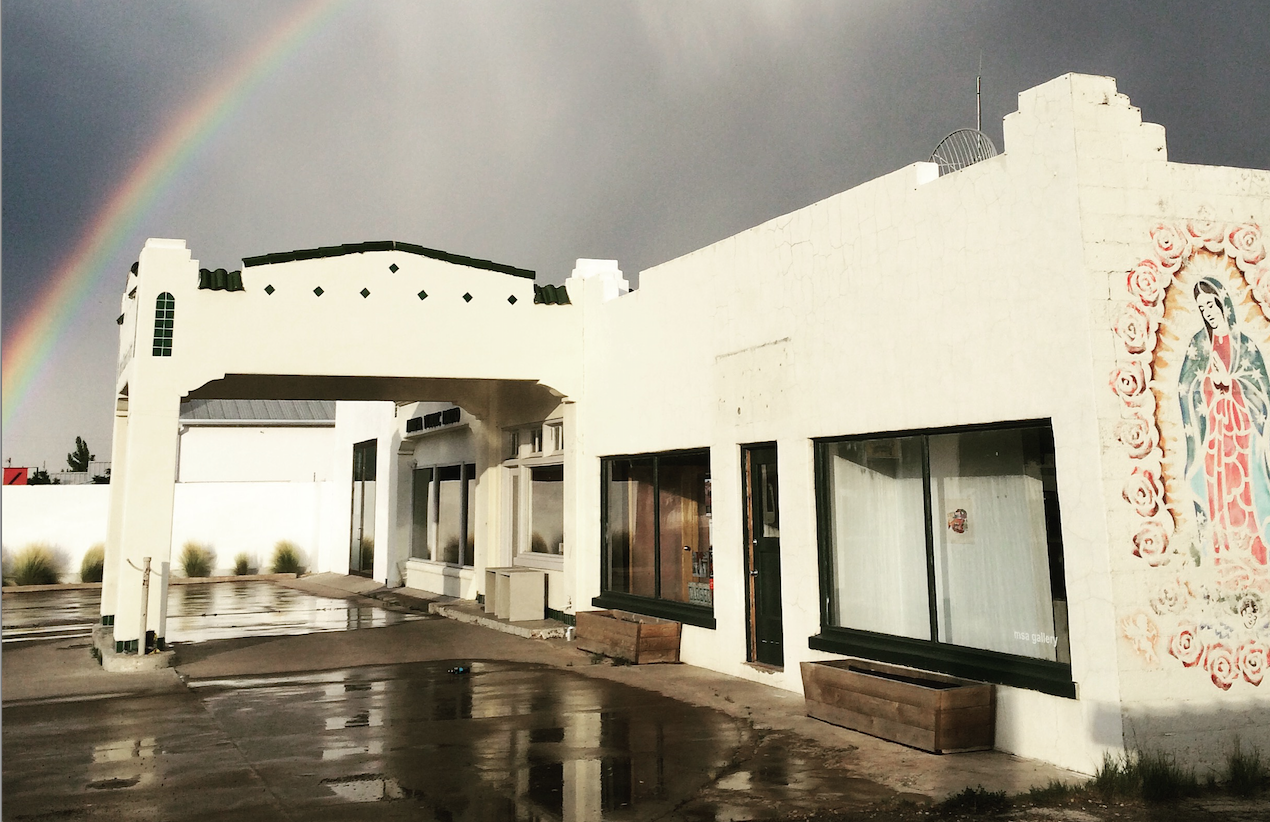For the second year in a row, a public radio station in west Texas is the most-awarded small market radio station in the regional Edward R. Murrow Awards. This year, KRTS, Marfa Public Radio, won in every category awarded in a region that includes Oklahoma and Texas.
The station, founded in 2005 by Tom Michael, has five people (including him) in Marfa and one more in Midland, Texas. Last year, Columbia Journalism Review looked into how the station started and how it’s come to thrive.
“It’s like their building and then the nothingness for just miles,” said RTDNA’s Derrick Hinds. “They’re out there and they’re just doing incredible radio.”
Poynter spoke with Michael, who’s the general manager, about how the station does what it does with a small staff. Here are five ways Marfa Public Radio is making it work:
1. They pick where they’re going to excel
KRTS is made up of Michael, who chips in with reporting, too, an office manager, a host/reporter, a station engineer and a reporter from the collaborative public media project Fronteras Desk. So they can’t cover everything.
“We focus on three things,” Michael said.
They cover borderlands, with ranching, immigration and border patrol included. They cover energy (the station serves a community with the Permian Basin). And they cover arts and culture, a staple of public radio.
“We make those editorial selections right away,” Michael said. “We don’t have an education reporter, we don’t have a transportation reporter. We just want to be really good at those three topics.”
2. They expect everyone to know how to do everything
And then they’re expected to do it. Staff needs to tweet on their way to report a story, collect audio, get images, put together a tease for the morning show and prepare a post for the site.
“Everyone’s a self-producer,” Michael said. “Everyone knows how to work the website. That’s important.”
3. They’re making the most of being in a small town
Marfa Public Radio has a geographic coverage area about the size of South Carolina, so they do a lot of phone work, Michael said. But “the interesting thing about small towns is there’s also a lot of access.”
4. They’re making the most of partnerships
Marfa Public Radio stories might have a small base of listeners locally, but because of partnerships with with Texas Standard, AudioTexas and Fronteras, their work spreads across six of the top 20 markets in the country, Michael said.
5. They’re making smart use of past content
Michael describes the station as “super aggressive and opportunistic.”
If they have past audio or interviews they can use with current reports, they will. Additionally, each quarter, the station produces between 50 to 70 original spots and features.
“I don’t know if that’s large or small,” Michael said. “I live out in a silo in west Texas.”
(He doesn’t actually live in a silo, but the station is in an old gas station and car dealership.)
Editor’s note: We’ve added that Marfa Public Radio won in every category awarded in the RTNDA awards. According to RTDNA, there were some categories this year with no winners.







